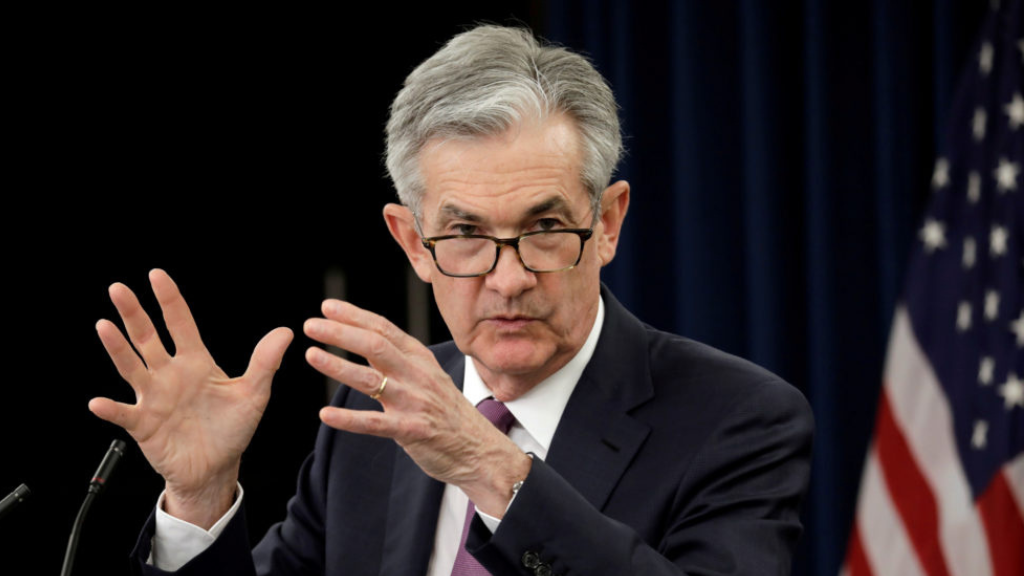The Federal Reserve is expected to announce a widely anticipated interest rate cut on Wednesday, marking its first rate reduction in four years. As the U.S. central bank prepares to lower rates, the impact will be felt across global markets, influencing other central banks’ decisions, currencies, and investment strategies. Investors are bracing for a busy week ahead as multiple central banks are set to announce their rate moves.
This week is a significant one for global financial markets, with central banks in various countries, including the U.S., Brazil, the U.K., Japan, and others, all preparing to make important decisions. The Federal Reserve’s two-day meeting begins on Tuesday, with the rate cut announcement expected on Wednesday. The move is seen as a response to slowing economic growth and inflation concerns in the U.S., but the ripple effects will be far-reaching.
The central question for many investors is how large the Fed’s rate cut will be. Analysts predict that the Fed will likely opt for a 25 basis point reduction. However, there is still some debate over whether the cut could be larger. Around 41% of investors, according to the CME’s FedWatch Tool, expect a 50 basis point cut, which would signal a more aggressive easing of monetary policy.
As the world watches the Fed’s decision, other central banks are preparing for their own policy moves. Brazil’s central bank is also holding a meeting this week, with a policy announcement expected on Wednesday. Meanwhile, the Bank of England, Norway’s Norges Bank, and South Africa’s Reserve Bank will all announce their rate decisions on Thursday. The week will conclude with the Bank of Japan’s rate announcement on Friday.
These decisions come as central banks around the world are grappling with a delicate balancing act. Many economies are facing challenges, such as slowing growth and inflation, while central bankers are trying to avoid pushing their economies into recession. In the U.S., the rate cut is seen as an attempt to engineer a “soft landing” — a scenario where economic growth slows without tipping into a full-blown recession.
Kenneth Broux, head of corporate research for FX and Rates at Societe Generale, explained that it’s still uncertain how deep the rate-cutting cycle will go. “We don’t know yet what kind of cycle this is going to be — will it be like 1995 when there was just 75 bps of cuts or 2007-2008, when there was 500 bps,” Broux said, highlighting the range of possible outcomes.
As the Federal Reserve prepares to lead the way, the rate cut will likely influence the decisions of other central banks. In Europe, where the economy is weaker than in the U.S., central bankers have been cautious about rate cuts, even as inflation remains a concern. The European Central Bank (ECB) and the Bank of England are expected to keep a close eye on the Fed’s actions. Traders have already started pricing in fewer rate cuts for Europe compared to the U.S., as the ECB and the Bank of England have signaled that inflation risks remain high.
For global markets, the Fed’s decision could bring some relief, especially for countries facing economic difficulties. Countries like Brazil and South Africa, which are scheduled to announce rate decisions this week, are also dealing with inflation concerns and sluggish growth. Brazil’s central bank has already cut rates several times since last year, and economists expect another 25 basis point rate cut this week, bringing the Selic rate to 10.75%.
In the U.K., the Bank of England is under pressure as the country’s economy has stagnated for two consecutive months. However, most analysts do not expect the BOE to cut rates just yet. A Reuters poll of 65 economists found that the Bank of England will likely hold rates steady at 5%, waiting for more economic data before making a move.
Meanwhile, the Bank of Japan, which has maintained a very loose monetary policy for years, is also facing challenges as inflation rises. Although the Bank of Japan is not expected to raise rates significantly, its policy announcement on Friday will be closely watched for any signs of a shift in strategy.
This week’s decisions by central banks reflect a global trend of entering a new cycle of rate cuts. John Bilton, head of multi-asset strategy at J.P. Morgan Asset Management, said, “We’re entering a cutting phase,” indicating that many central banks are following the Fed’s lead. Bilton noted that while the Fed’s rate cut is likely to be around 25 basis points, the Bank of England could also be considering rate cuts soon, especially given the stagnation in the U.K. economy.
The decisions made this week could lead to increased market volatility. Investors will be watching closely for clues on how far central banks are willing to go to support their economies without stoking inflation further. The Fed’s rate cut is seen as the most significant, but other central banks are also navigating complex economic conditions.
David Volpe, deputy chief investment officer at Emerald Asset Management, said that while a 25 basis point cut is the most likely outcome, there is still a chance that the Fed could opt for a 50 basis point cut. “We are more likely 25 but [would] love to see 50,” Volpe said. He argued that a larger cut could serve as a “safety mechanism” to protect the economy from potential negative developments between now and the Fed’s next meeting in November.
As global markets brace for a busy week, the impact of the Fed’s decision will reverberate far beyond U.S. borders. The rate cut could set the tone for central banks around the world as they face their own economic challenges. Investors will be closely monitoring the announcements throughout the week, with hopes that the global economy can navigate this period of uncertainty without falling into recession.


